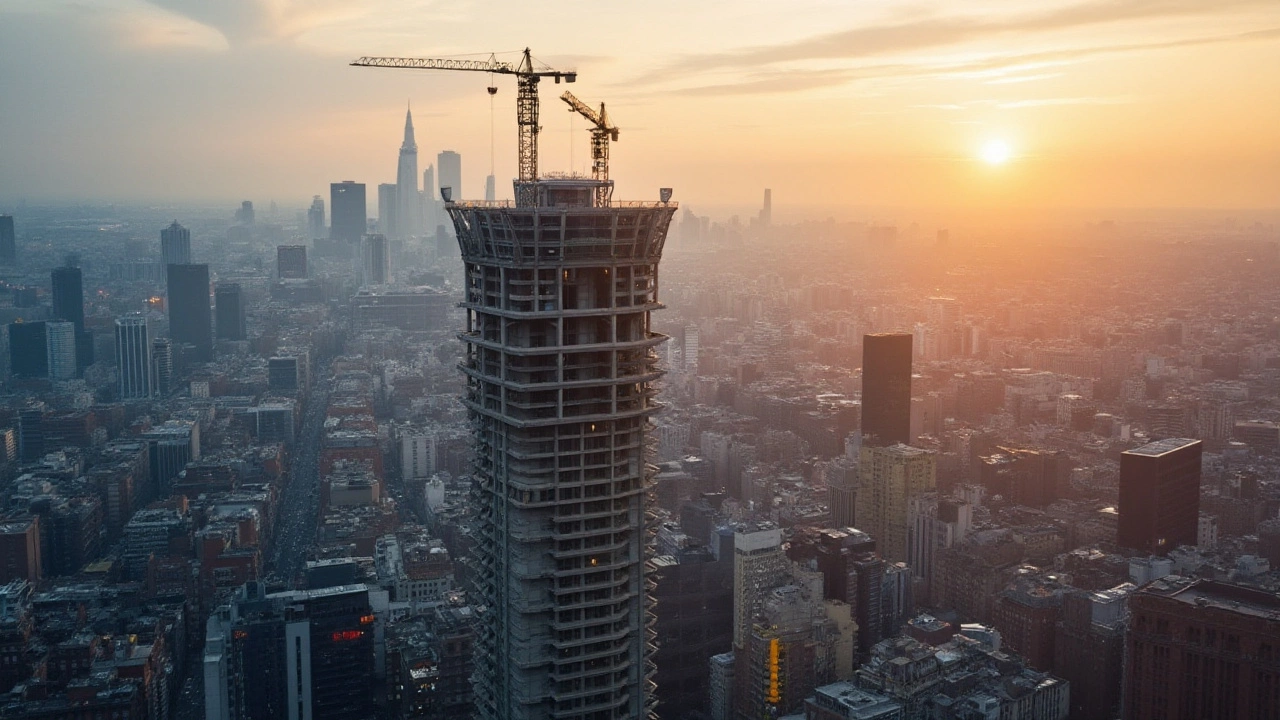Construction Design – What You Need to Know
When you start any building project, the design stage is the foundation of everything that follows. Good construction design makes sure the project looks right, stays on budget, and avoids costly changes later. In plain terms, it’s the plan that tells the builder what to do, when to do it, and how every piece fits together.
Key Elements of Good Construction Design
First, you need a clear brief. That means knowing the purpose of the building, the space it needs, and any special requirements like accessibility or energy efficiency. Next, the layout matters – think about room flow, door placement, and how utilities will run. A sensible layout saves time and money during construction.
Materials are the next big piece. Choosing the right type of cement, flooring, or roofing not only affects durability but also impacts cost and maintenance. For example, the article "Best Cement Types for Foundation Repair" explains which mixes are best for fixing cracks.
Structural safety can’t be ignored. Understanding how loads move through walls, floors, and roofs helps you avoid hidden problems. Our guide on "Horizontal Foundation Crack Repair Cost" gives you a clear picture of what to expect if cracks show up.
Explore Our Top Design Articles
We’ve gathered a bunch of easy‑to‑read posts that dive deeper into specific design topics. If you’re curious about how architects charge, check out "How to Charge for Architectural Services". Want to know which raw materials are essential for any build? "5 Primary Raw Materials Essential for Construction and Manufacturing" has the answers.
For larger projects, the differences between commercial and residential design are huge. The article "Commercial vs. Non-Commercial: Key Differences in Property, Construction, and Contracts" breaks down those nuances in plain language.
Planning a new build? "New Build Meaning: What 'New Build' Really Means in Property and Construction" clarifies the terminology you’ll hear on site. And if you’re wondering about flooring choices, "Best Flooring for New Builds" walks you through durable, stylish options.
All of these posts are written to give you practical tips you can apply right away. No jargon, just real advice you can use when talking to architects, builders, or suppliers.
Bottom line: solid construction design starts with a clear brief, smart layout, proper material choices, and an eye on safety. Use our articles as a cheat‑sheet to keep your project on track and avoid surprises. Ready to get started? Dive into the posts above and turn those design ideas into a real, buildable plan.

